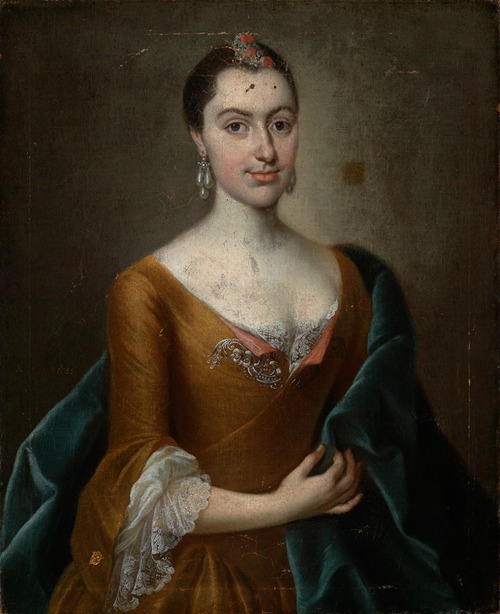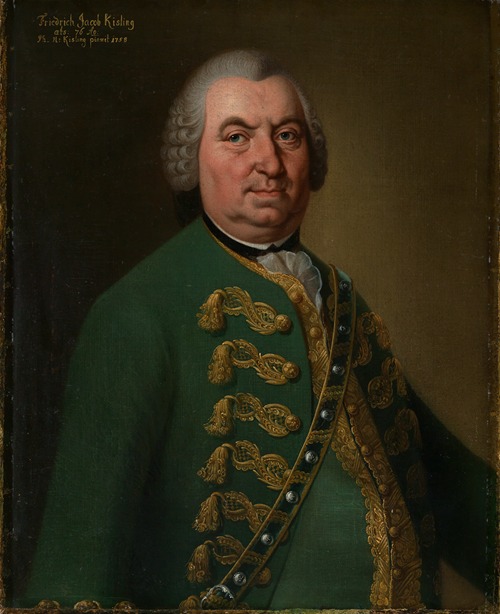
Philipp Heinrich Kisling was a court painter and portraitist at the court of the Margrave of Baden-Durlach in Karlsruhe.
He came from a family of foresters from the village of Eggenstein north of Karlsruhe. Despite his humble origins, he made a career as a painter and reached the margrave's residence, where he and other artists were supported by the young Margrave Karl Friedrich. Kisling is considered by far the best of the Karlsruhe portraitists of the time; "the lively rendering of his models considerably surpasses the provincial level of his guild colleagues". Nevertheless, he is considered bourgeois.
His most famous works are the portraits from the members' gallery of the House Order of Loyalty in the New Palace in Baden-Baden and the painting of the youthful Margrave Karl Friedrich, created around 1746-1750. Kisling also made a name for himself with copies of paintings: in 1759, after several years of attempted repairs to the dynasty's damaged ancestral portraits in Basel, he persuaded the margrave to let him copy all 27 paintings by 1765.
In addition to commissions from the court, he (or rather his Durlach workshop) also produced numerous paintings for the landed gentry and the wealthy bourgeoisie.
From 1759, Kisling fell into the shadow of Joseph Melling at court, who from then on also worked in Karlsruhe.
After his death, his son Johann Ludwig Kisling became his successor and continued his father's work as a successful portrait painter.

